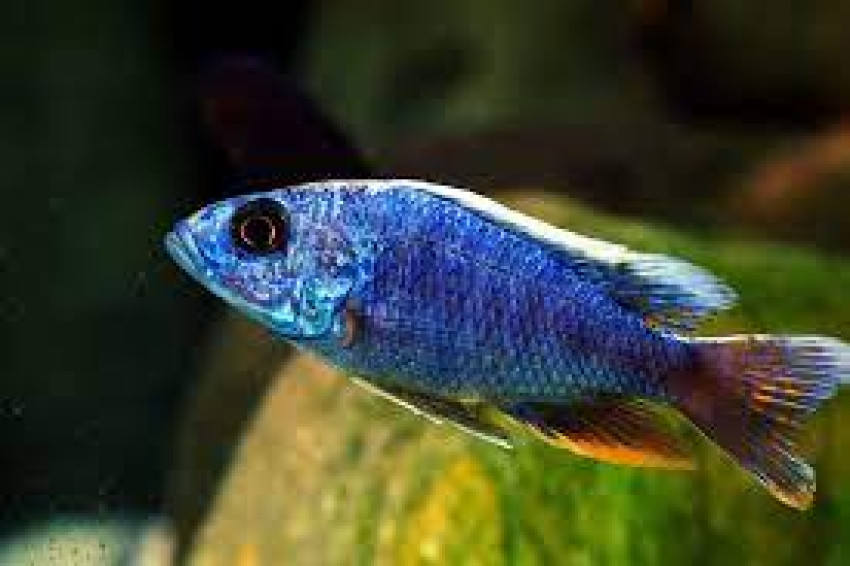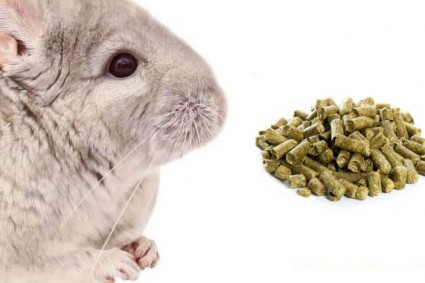
When setting up a saltwater tank, one critical decision you need to make is selecting the best substrate for your aquarium. The substrate plays a vital role in creating a suitable environment for your marine creatures, acting as the foundation below the waterline. It provides support, aids in biological filtration, and enhances the aesthetic appeal of your tank. In this comprehensive guide, we will discuss the importance of choosing the right substrate and explore various options to help you determine the best substrate for saltwater aquarium setup.
The Importance of Selecting the Best Substrate for Your Aquarium
Choosing the best substrate for your saltwater tank is of utmost importance as it impacts several crucial aspects of your aquarium's well-being. These include:
Stability and Structural Support: The substrate provides stability to structures and decorations within the tank, ensuring they remain secure and in place.
Biological Filtration Efficiency: Beneficial bacteria tend to colonize the substrate, aiding in efficient biological filtration. These bacteria help break down waste and convert harmful substances, maintaining water quality and a healthy aquarium ecosystem.
Habitat for Marine Life: Different marine creatures have specific needs, and the right substrate can create a suitable habitat for them. For example, sand-dwelling species rely on the substrate for burrowing and seeking shelter.
Aesthetics and Visual Appeal: The choice of substrate greatly contributes to the overall appearance of your saltwater tank. It can create a natural-looking seabed or serve as a vibrant backdrop for corals and other decorations.
Best Substrate Options for Saltwater Tanks
Live Sand: Live sand is widely regarded as the best substrate option for saltwater aquariums. It consists of natural sand particles that contain live organisms, including beneficial bacteria, microorganisms, and small invertebrates. Live sand actively contributes to maintaining water quality through efficient biological filtration. Additionally, it provides a visually appealing and natural habitat for sand-dwelling species, adding to the overall elegance of your saltwater tank.
Crushed Coral: Crushed coral is an excellent choice if you seek stability and alkalinity control in your saltwater tank. Composed of finely crushed coral skeletons and shells, it acts as a natural buffer, helping to stabilize pH levels and maintain appropriate alkalinity. Moreover, crushed coral imparts a visually pleasing sandy bed, creating a natural-looking environment within your aquarium.
Aragonite Sand: Derived from calcium carbonate, aragonite sand serves as a versatile and highly beneficial substrate for saltwater tanks. It plays a crucial role in maintaining stable pH and alkalinity levels, making it particularly suitable for coral reef aquariums. Aragonite sand supports the growth of beneficial bacteria and coralline algae, contributing to the overall health and beauty of your saltwater tank.
Bare Bottom Tanks: In select cases, aquarists prefer to have a bare bottom tank, entirely omitting a traditional substrate. This setup offers ease of maintenance, as waste and debris can be easily vacuumed or siphoned. Bare bottom tanks also allow for better water flow and ensure effective detritus removal. However, it is important to note that this setup is more suitable for specific situations, such as coral frag tanks or temporary quarantine tanks.
Choosing the Best Substrate for Your Saltwater Tank
To select the best substrate for your saltwater tank, consider several factors, including the specific requirements of your marine species, desired aesthetic appearance, and ease of maintenance. Thoroughly research various substrate options, their benefits, and potential drawbacks. Seeking guidance from experienced aquarists or professionals can provide invaluable insights to help you make an informed decision.
Remember to maintain and clean your chosen substrate regularly, regardless of the type you opt for. Removing excess debris and conducting routine water parameter checks will ensure a healthy and thriving saltwater tank.
Conclusion
In conclusion, choosing the best substrate for your saltwater tank is essential for creating a suitable environment for your aquarium inhabitants. Live sand, crushed coral, aragonite sand, or even a bare bottom tank each has unique advantages and considerations. By understanding the specific needs of your marine life, considering water chemistry requirements, and embracing your preferred aesthetics, you can establish a strong foundation for a successfully thriving saltwater aquarium, bringing the mesmerizing beauty of the ocean into your home.




